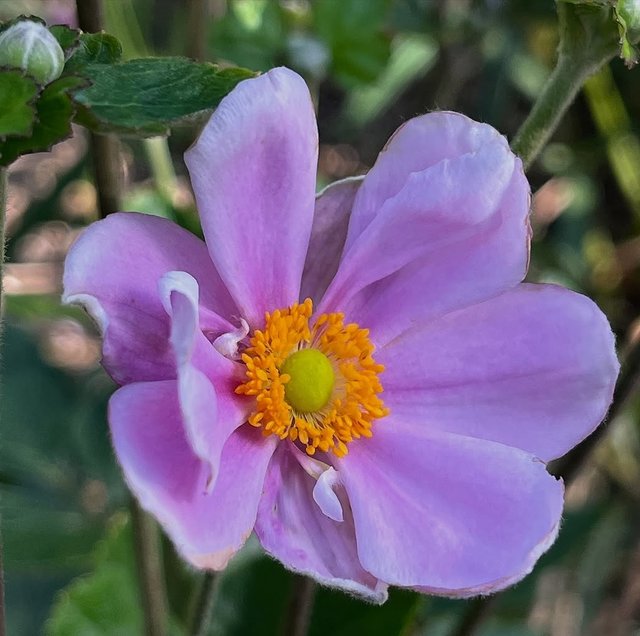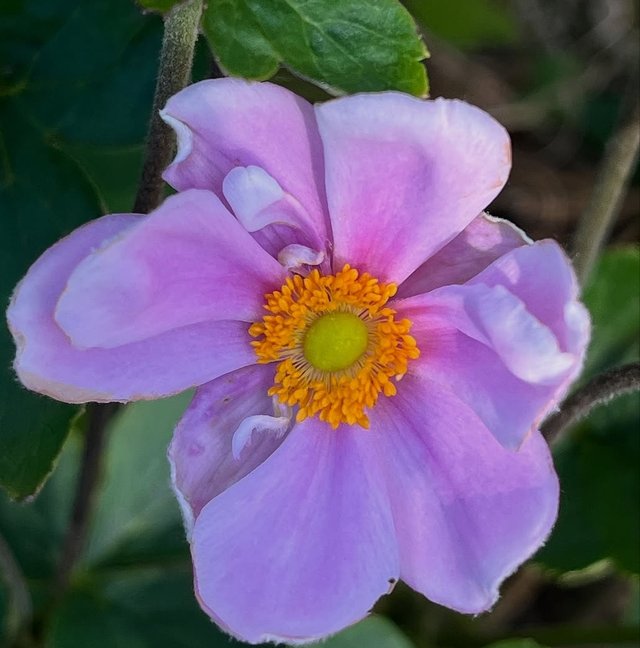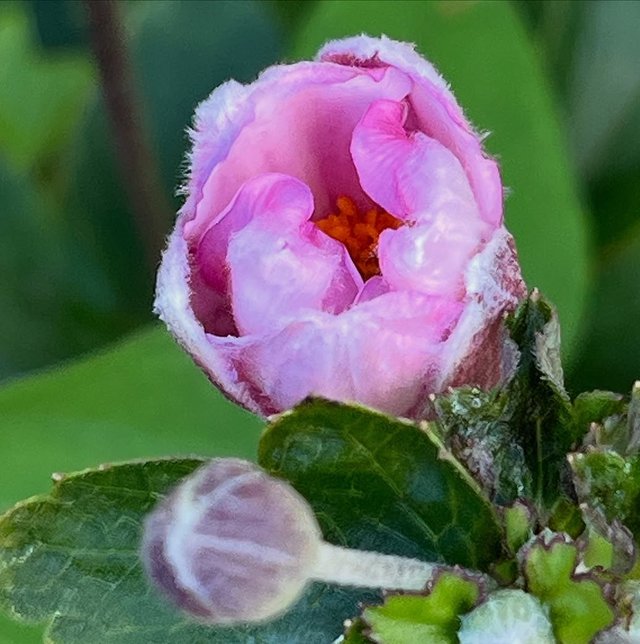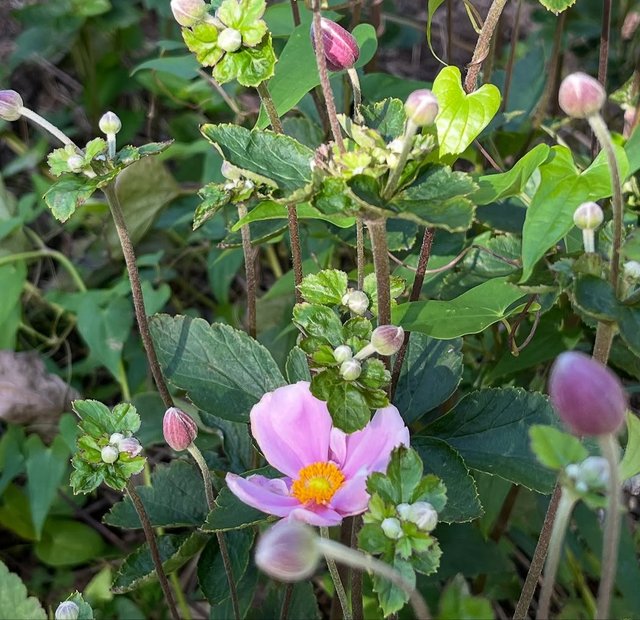Beautiful Japanese Thimbleweed Flower
Japanese Thimbleweed: A Graceful Late-Season Bloomer
Japanese thimbleweed, botanically known as Anemone hupehensis var. japonica or sometimes simply called Japanese anemone, is a captivating perennial that adds elegance and vibrancy to gardens late in the growing season. Belonging to the buttercup family, this plant is treasured for its delicate, poppy-like flowers and its ability to thrive in partially shaded spots where many other blooms begin to fade.
Botanical Profile and Origins
Despite its common name, Japanese thimbleweed isn’t native solely to Japan—it originates from China and was introduced to Japanese gardens centuries ago. Over time, it naturalized and became a staple of traditional Japanese landscapes. The name “thimbleweed” comes from the plant’s unique seed heads, which resemble tiny thimbles after the petals fall away.
Japanese anemones typically grow 2–4 feet tall, with branching stems and deeply divided, dark green foliage that creates a lush backdrop. Their flowers are usually pink, white, or mauve with yellow centers, blooming from late summer into autumn when many gardens are losing color.
Key Features and Appeal
Extended Bloom Time: Japanese thimbleweed flowers from August to October, providing late-season nectar for bees, butterflies, and other pollinators.
Airy Elegance: The nodding blossoms sway gently in the breeze, adding movement and softness to garden borders.
Low Maintenance: Once established, it is relatively hardy and drought-tolerant, making it ideal for low-care landscapes.
Cultural Significance
In Japan, the anemone has symbolic meanings tied to anticipation and protection. Its graceful form has inspired traditional ink paintings, poetry, and garden designs. Japanese thimbleweed is often found in temple gardens and woodland landscapes, where its understated beauty complements moss-covered stones and quiet ponds.
Thanks For Reading
Device Information
| Device | Redmi Note 10 Pro |
|---|---|
| Lens | 64 mp |
| Location | Bangladesh |




